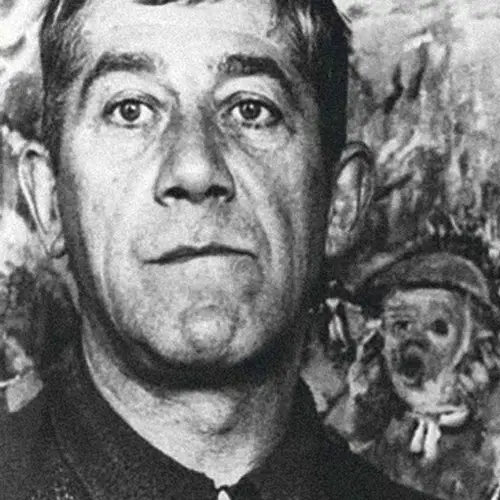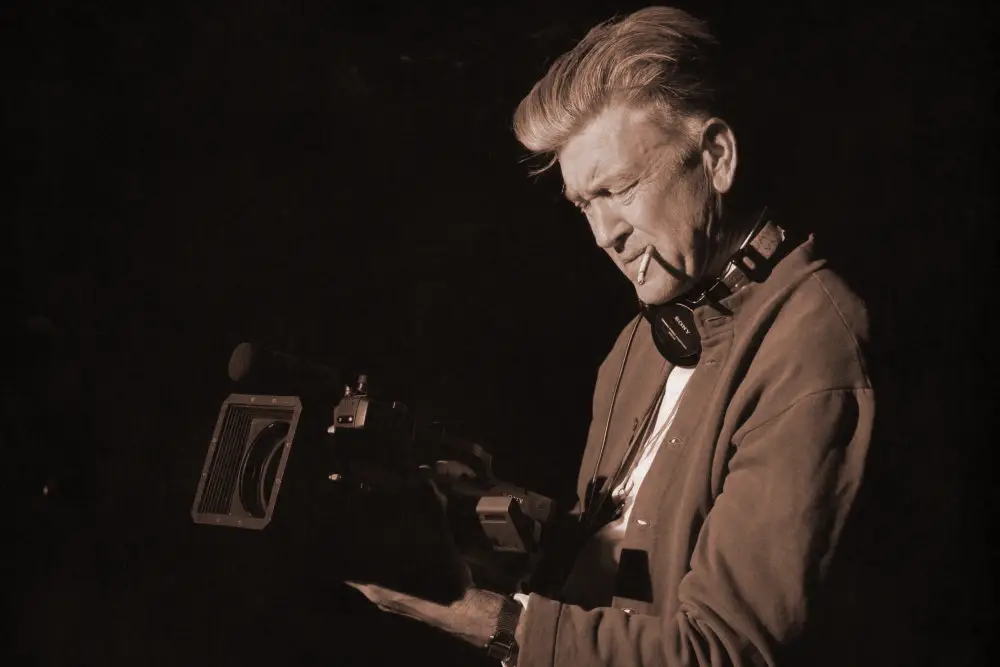“LYNCHIAN (ADJ.) – REFERRING TO A CERTAIN QUALITY BETWEEN THE MACABRE AND THE MUNDANE FOUND IN THE WORKS OF FILM DIRECTOR DAVID LYNCH. YOU HAVE NO FUCKING CLUE WHAT’S GOING ON, BUT YOU KNOW IT’S GENIUS.” – URBAN DICTIONARY
[dropcap size=big]D[/dropcap]avid Keith Lynch is an absolute gem of a filmmaker, so much so that his name has developed into jargon in the world of filmmaking. His creativity and unique style effortlessly shine through every film or TV series he directs and produces, as well as evokes an extreme surrealism and otherworldliness that stand the test of time.
The Man, The Myth, and The Legend
…formal education wasn’t exactly his cup of tea primarily because he believed that it robs people of their freedom, calling it a “crime against the youth.”
While Lynch was born in Missoula, Montana, his family moved frequently due to the nature of his father’s job as a research scientist with the U.S. Forest Service. Unlike other kids, Lynch enjoyed his formative years living in different cities because it allowed him to socialize and build new friendships. However, formal education wasn’t exactly his cup of tea primarily because he believed that it robs people of their freedom, calling it a “crime against the youth.” Not until he settled in Virginia did he ultimately realize his passion for the arts – particularly painting, which he majored in at the School of the Museum of Fine Arts in Boston, but dropped out shortly after a year for being uninspired by their style of teaching. Desperate to find inspiration and creativity, he packed his bags and set off to Europe in hopes of being mentored by the expressionist painter Oskar Kokoschka, but to his disappointment, Kokoschka was preoccupied and unable to accommodate his request.

Upon his return to America, he decided to continue his studies at the Pennsylvania Academy of Fine Arts where he actually made his first short film Six Men Getting Sick (1967) using a 16mm camera for a 60-second animation of his paintings. He bagged the grand prize award along with a fellow painter, which sparked the interest of one of his wealthy colleagues, H. Barton Wasserman, to produce his next short called The Alphabet (1968). After getting exposed to the craft of filmmaking, it inspired him to pursue further studies at the American Institute’s Center for Advanced Film Studies (today known as the AFI Conservatory), where he produced his first feature film called the Eraserhead (1977). Due to his surreal and unconventional style, his works instantly created a buzz in the industry and among moviegoers. His unstoppable creativity led him to direct and write critically acclaimed films such as The Elephant Man (1980), Dune (1984), Blue Velvet (1986), Wild at Heart (1990), and Mulholland Drive (2001).
Due to his surreal and unconventional style, his works instantly created a buzz in the industry and among moviegoers.
The Lynchian Style
At first glance, we immediately know it was conceived by David Lynch the moment we see these striking elements on screen:
1) Acting is over the top or exaggerated: For instance, in Twin Peaks, Deputy Andy Brennan crying hysterically the moment he saw Laura, Bobby reacting violently almost like a crazy person when he’s being interrogated by the police in school, Lucy being playful and childish with her voice, and the best friend ridiculously crying in the classroom while being comforted by lifeless classmates, to name a few. I would say it is uncomfortable and makes you think that there must be a deeper explanation behind these bizarre personas that contributes to the suspense of finding who the murderer is among them.
2) Music is well-composed and suspenseful: The beguiling music orchestrated by the master of sounds, Angelo Badalamenti, unified and added an essential layer to the impact of the scenes in Twin Peaks. His choice of music kept the audience on the edge of their seats because he knows when to drop the beats where it is needed the most. Also, synthesizers seem to be a huge part of his compositions especially in increasing the tension. In a nutshell, the combination of upbeat, romantic, and playful tones such as jazz and quickly cutting to dark and eerie tones is an effective way to keep the audience guessing and take them on a roller coaster of emotions.
His stories are always open to interpretation depending on how one perceives reality or the environment around him.
3) His stories play on the subconscious: In the highly-regarded Mulholland Drive, people were left wondering as to what the definite ending or message Lynch wanted to convey. His stories are always open to interpretation depending on how one perceives reality or the environment around him. In the ending of the film, the twist revealed that Diane’s reality is actually a failed career in Hollywood and she created this dream and world in her head wherein she was successful in life, love, and career. However, it also makes us think whether Betty was a figment of her imagination or if Diane is. It’s amazing how he could let us examine these characters and world in relation to our own reality without giving a definite answer or ending to the story.
4) The visual style is superficial and unreal: In the opening of Blue Velvet, the color of the town is extremely vibrant and rich, so much so that it looks dreamlike and artificial, especially it being set in 1986 where it’s not common anymore like in the ’50s. After we see the perfect world, it is replaced by an image of a man watering his lawn, having a stroke, and collapsing on the ground. After which, we see a close up of the ants and bugs – just like that, the dreamy effect and notion of the American dream go dark and awry.
These are just some of the notable aspects of Lynch’s signature style of filmmaking. He recently released his biography and memoir called Room to Dream, which gives an all-access pass into his life and journey of making a name for himself in the entertainment industry. By learning some of these elements and the formative years of our favorite filmmakers or artists, we are able to have a deeper understanding of their creative choices and have a greater appreciation for the blood, sweat, and tears that they put into the process of creating a cinematic masterpiece that ultimately becomes an influential part of our lives.




